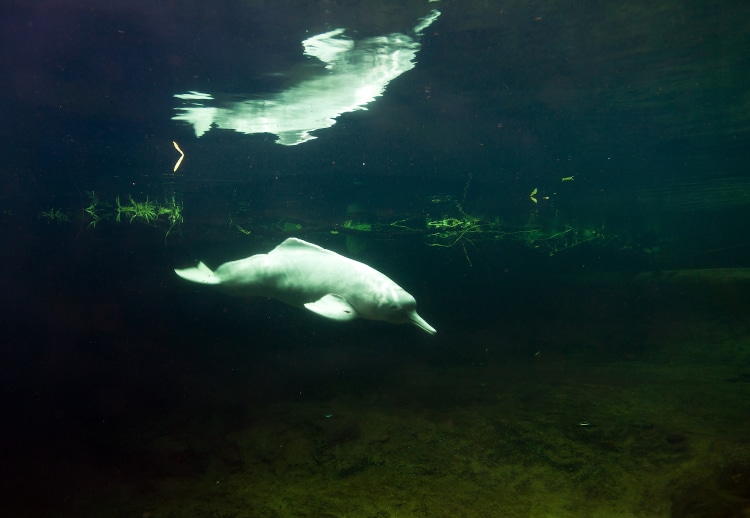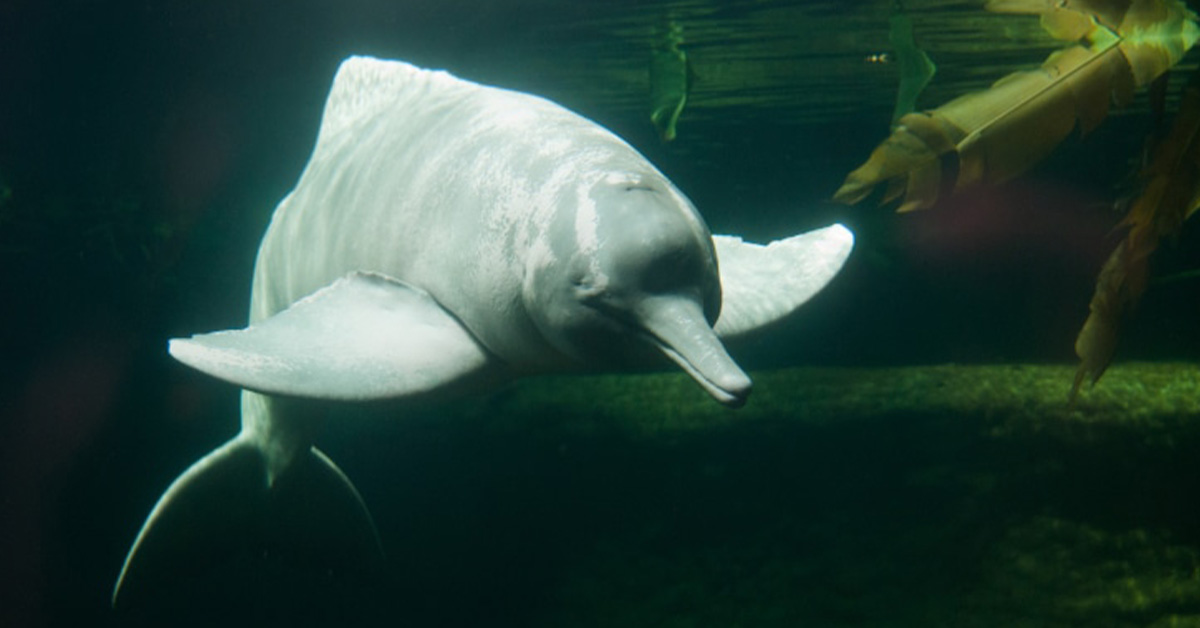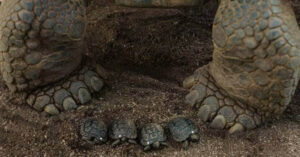In the last week, more than 100 dolphins were found dead in the Amazon River. The water was record-high and there was a terrible drought. The animals were found in conditions that have made people worry that rising global temperatures may be too much for some species to handle.
The animal bodies showed up at Lake Tefé, which is a branch of the Amazon River, along with thousands of dead fish. Many experts think that the dolphins’ deaths were caused by the low river levels and the unpleasant water temperatures. “It’s too early to say for sure what caused this extreme event, but our experts say it has something to do with the drought and the high temperatures in Lake Tefé, which are above 39 degrees Celsius (102 degrees Fahrenheit) in some places,” a scientist from the Mamirauá Institute told CNN Brasil. The institute is funded by the Brazilian Ministry of Science. That is 10 degrees warmer than usual for this time of year.
But experts need to make sure that the dolphins don’t have a bacterial infection or aren’t contaminated with sewage before they can save them and move them to cooler water. A researcher at the Mamiraua Institute named André Coelho said, “Taking river dolphins to other rivers is not that safe because it’s important to check to see if toxins or viruses are present [before releasing the animals into the wild].”
South America is home to the Amazon River dolphin, as its name suggests. Boto is another name for it in the area. It can be pink or grey. Scientists who went into the lake to get the bodies said that about eight out of ten of the bodies were pink dolphins, which could be 10% of the dolphins that live in Lake Tefé. “10% is a very high percentage of loss, and the chance that it will go up could put the species in Lake Tefé at risk of going extinct,” researcher Miriam Marmontel told Reuters.
“The last month in Tefé has seemed like a climate change scene from a science fiction movie,” Daniel Tregidgo, a British expert who lives in the area, told The Guardian. “It is sad to know that someone has died, but it is a tragedy to see piles of bodies and know that this drought has killed over 100 people.” Botos are one of only six kinds of freshwater dolphins left in the world, according to the International Union for the Conservation of Nature.
People who live along the river edge are also feeling the effects of the drought. Over the last two weeks, the Amazon River’s level has dropped by 30 cm, which is about 11.8 inches. Some people are worried that the fact that most fuel and food are shipped by boat could cause prices to rise and people to not have enough food. The drought has also made it harder to fish, which is a way for many people in the area to get food and make money.
The Amazon has a lot of different kinds of plants and animals. In fact, it is home to 10% of all the known animal types. Sadly, it seems to be right in the middle of the effects of global warming, which are hurting both endangered species and towns that are already weak. Now, people in the area are getting ready for more droughts over the next two weeks, which could kill more animals and make things even harder for everyone.
In the last week, more than 100 dolphins were found dead in the Amazon River. The water was record-high and there was a terrible drought.
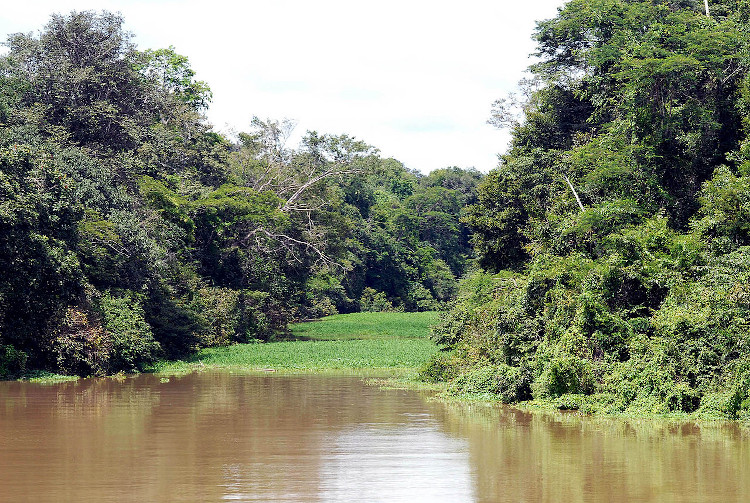
The animals were found in conditions that have made people worry that rising global temperatures may be too much for some species to handle.
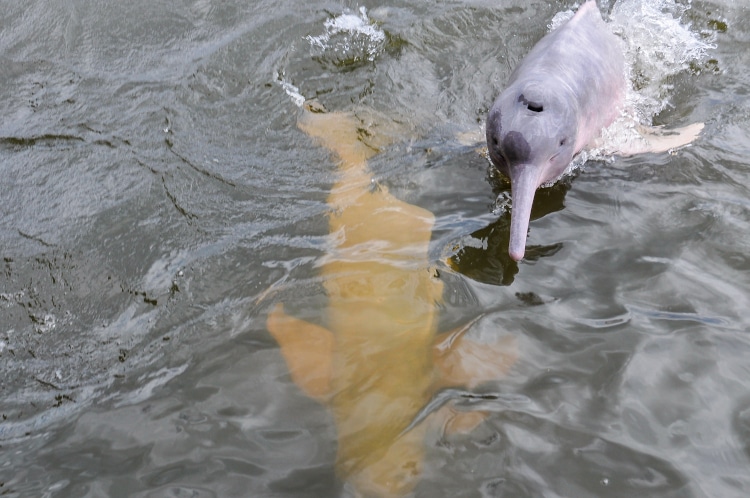
The Mamirauá Institute says, “It’s still too early to say what caused this extreme event, but our experts say it has something to do with the drought and the high temperatures in Lake Tefé.”
